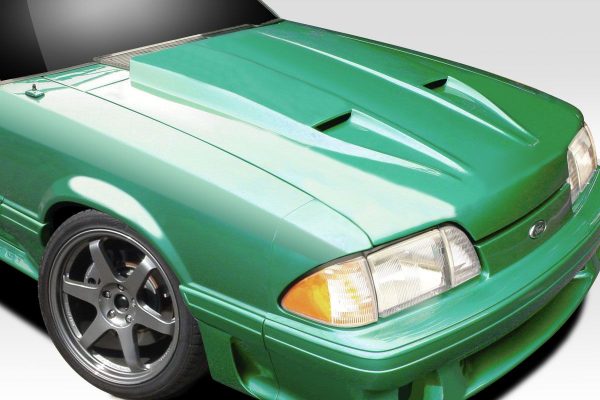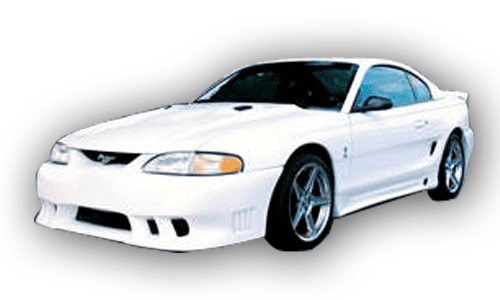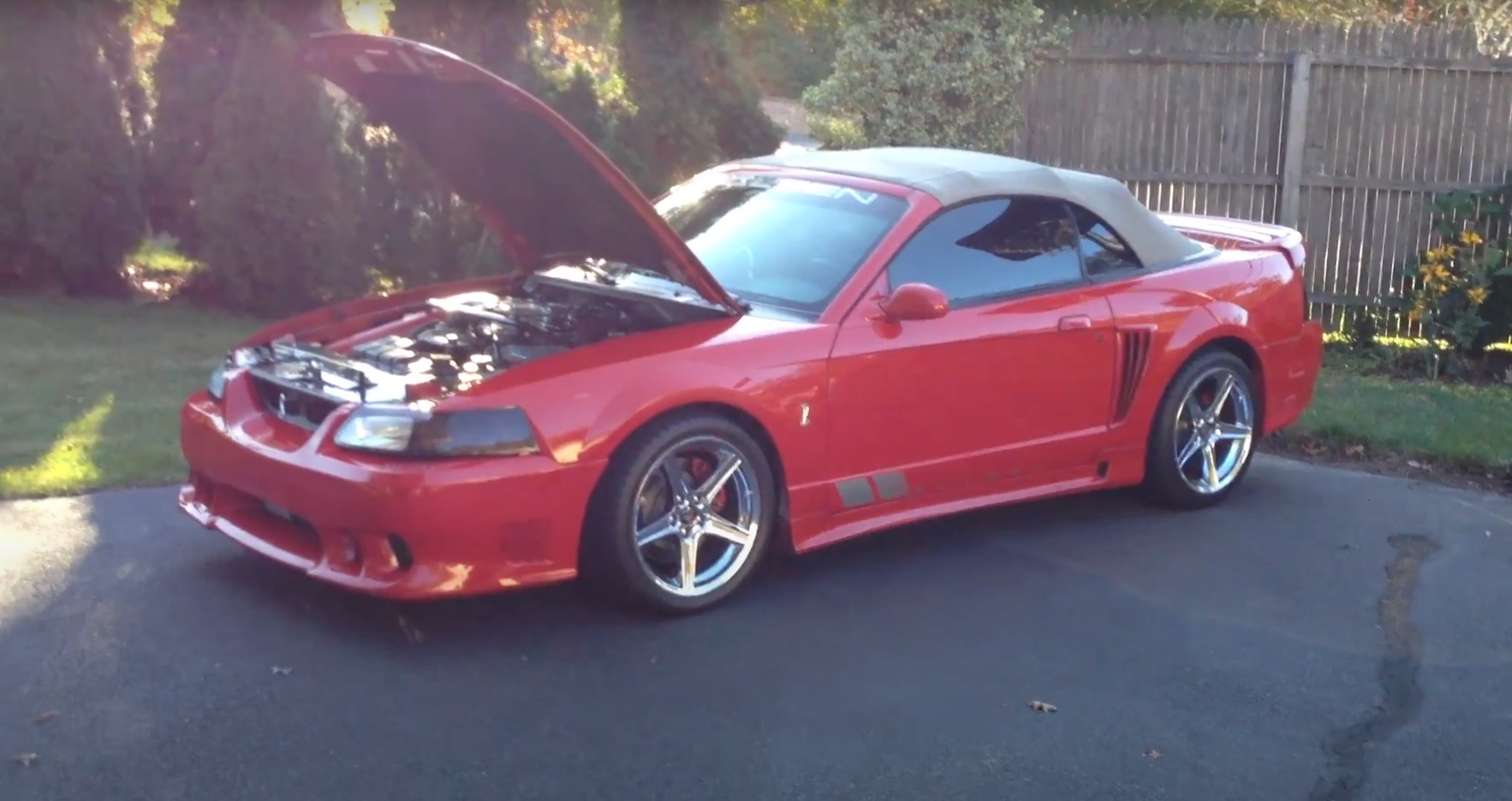
Toyota Celica coupe 1600 GT (TA22, Japan) The RV-1 "concept" wagon was also shown at the 1971 Tokyo Motor Show but it did not reach production. After the October 1975 facelift it was available in both RHD and LHD forms in other markets. The Liftback model was then exported to many Asian countries & Europe in RHD form as the RA28 / TA28 with either a 18R 2.0 litre or 1.6 litre 2T-B engine. The prototype SV-1 Liftback was shown as a concept car at the 1971 Tokyo Motor Show & with slight modifications this was introduced in Japan in April 1973 as the 2.0L RA25 (18R-G) & 1.6L TA27 (2T-G) For export markets the Celica was available in three different levels of trim LT, ST, GT.Īt its introduction the Celica was only available as a pillarless hardtop notchback coupe, adopting " coke bottle styling". The initial trim levels offered were ET (1.4L 4 speed), LT, ST (1.6L 5 speed) and GT (1.6L 5 speed) with GTV added in 1972. The Celica filled a market position previously held by the 1965–1969 Toyota Sports 800, when Toyota Corolla Store locations were previously known as Toyota Public Store then renamed in 1966 as Toyota Corolla Store. In Japan where different dealer chains handle different models the Celica was exclusive to Toyota Corolla Store Japanese dealerships. This car was aimed at the North American market and was Toyota's response to the 1964½ Ford Mustang ( Pony car) which also was a standard sedan ( Ford Falcon) with stylized 2+2 bodywork. According to Automobile Magazine, the Celica was based on the Corona platform. The Toyota Celica Liftback GT won Motor Trend Car of the Year (Imported Vehicle) in 1976.ĭisplayed at the October 1970 Tokyo Motor Show together with the Toyota Carina and marketed from December of the same year, the Celica was a two-door hardtop coupé that emphasized styling and driving enjoyment based on a platform shared with the Carina sedan which is one size above the Toyota Corolla, and a shared size with the Toyota Corona.

Lightly altered versions of the Celica were also sold through as the Corona Coupé through the Toyopet dealer network in the 1980s and as the Toyota Curren through the Vista network in the 1990s. The six-cylinder Celica Supra variant was later spun off as a separate models, becoming simply the Supra.

Variable valve timing came in certain Japanese models starting from December 1997 and became standard in all models from the 2000 model year. In August 1985, the car's drive layout was changed from rear-wheel drive to front-wheel drive, and all-wheel drive turbocharged models were offered from 1986 to 1999.
#1989 ford mustang body kit series
The first three generations of North American market Celicas were powered by variants of Toyota's R series engine. However, some magazines thought it was based on the Corona due to some shared mechanical parts. Like the Ford Mustang, the Celica concept was to create a sports car by attaching a coupe body to the chassis and mechanicals from a high volume sedan, in this case the Toyota Carina. In 1973, Toyota coined the term Liftback to describe the Celica fastback hatchback, and used the name Liftback GT for the North American market. Produced across seven generations, the Celica was powered by various four-cylinder engines, and bodystyles included convertibles, liftbacks, coupés and notchback coupés.

In Japan, the Celica was exclusive to the Toyota Corolla Store dealer chain. The Celica name derives from the Latin word coelica meaning "heavenly" or "celestial". The Toyota Celica ( Japanese: トヨタ セリカ) / ˈ s ɛ l ɪ k ə/ or / s ɛ ˈ l iː k ə/ is an automobile produced by Toyota from 1970 to 2006.


 0 kommentar(er)
0 kommentar(er)
